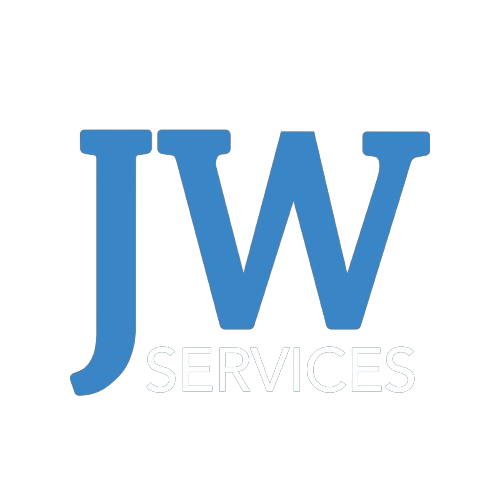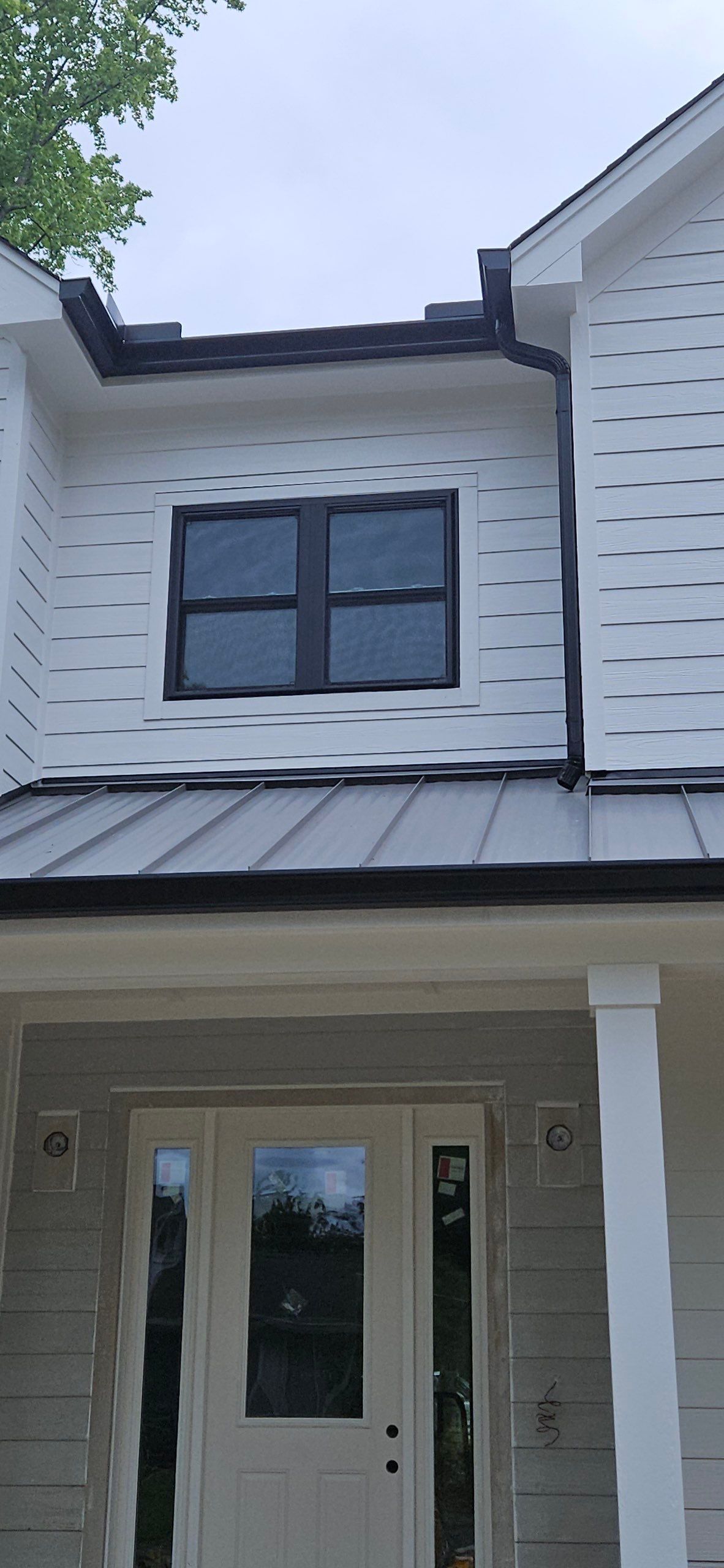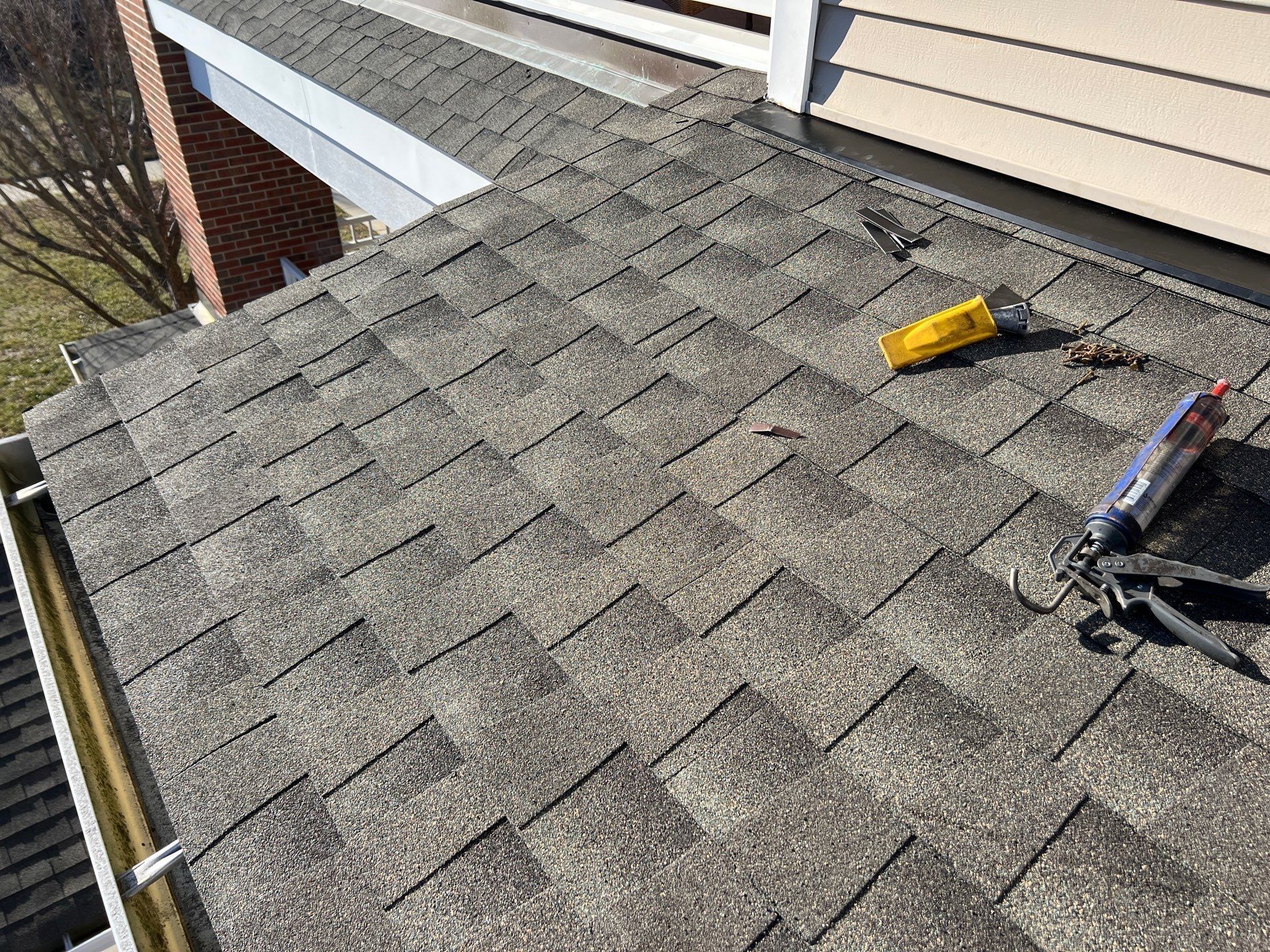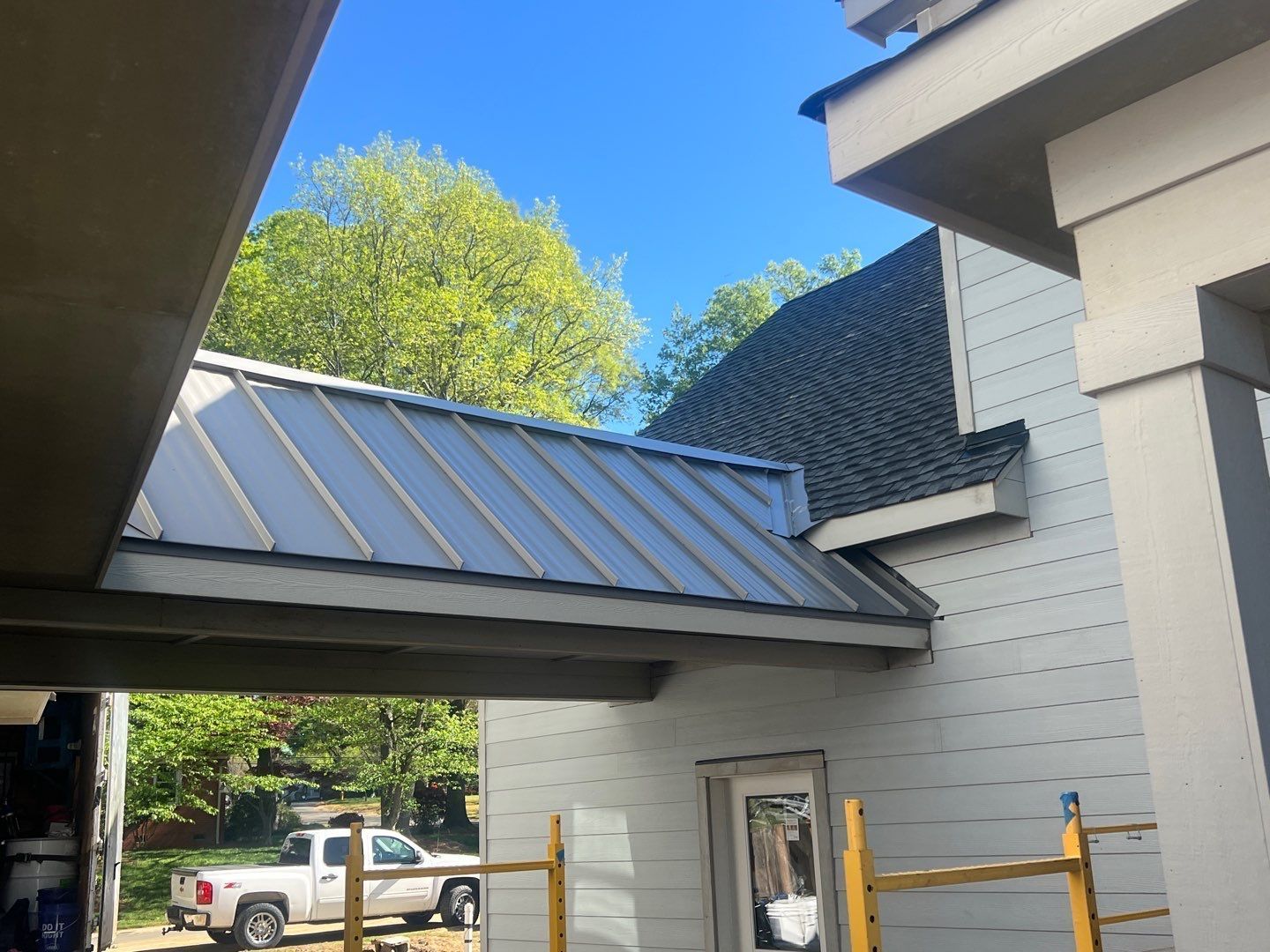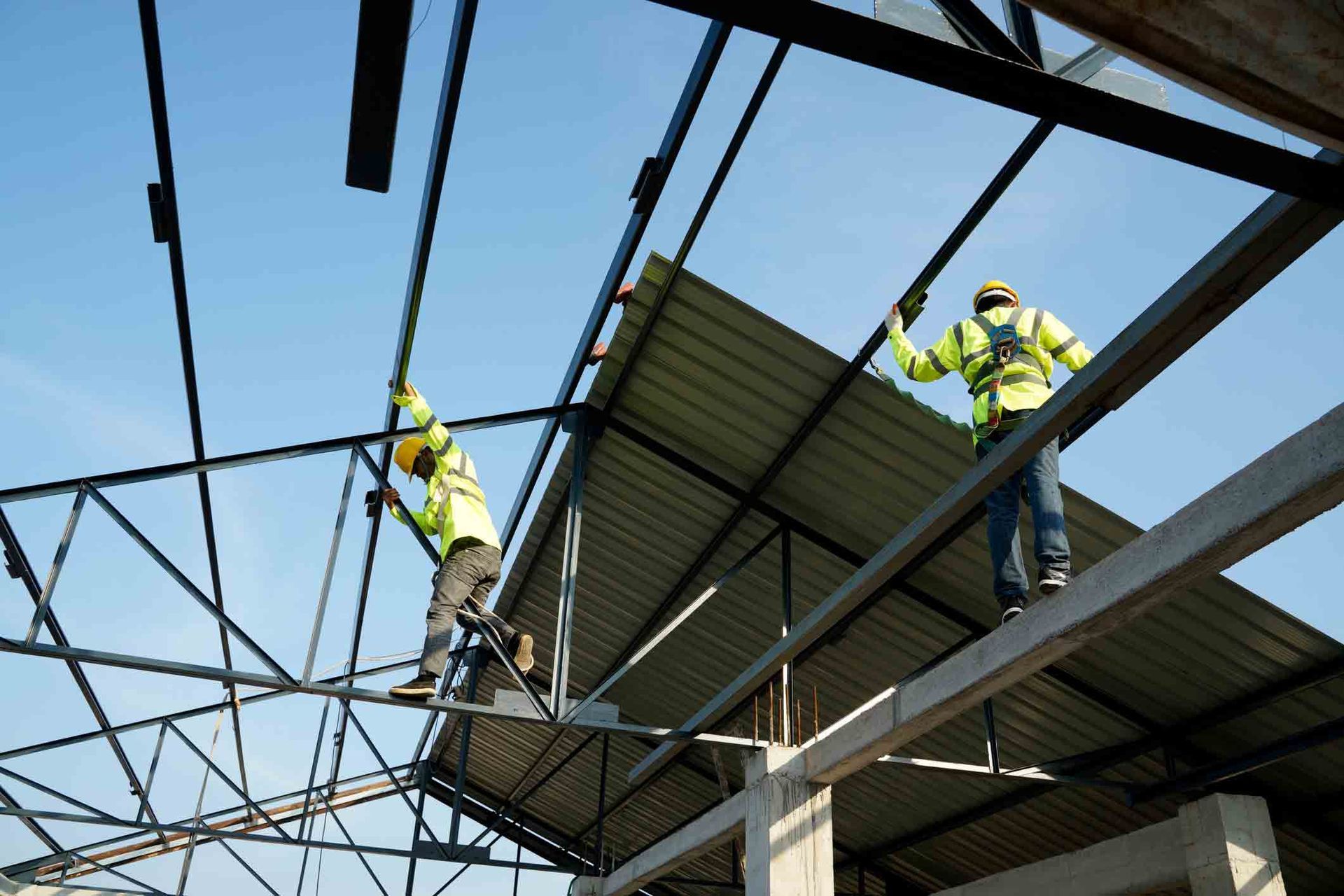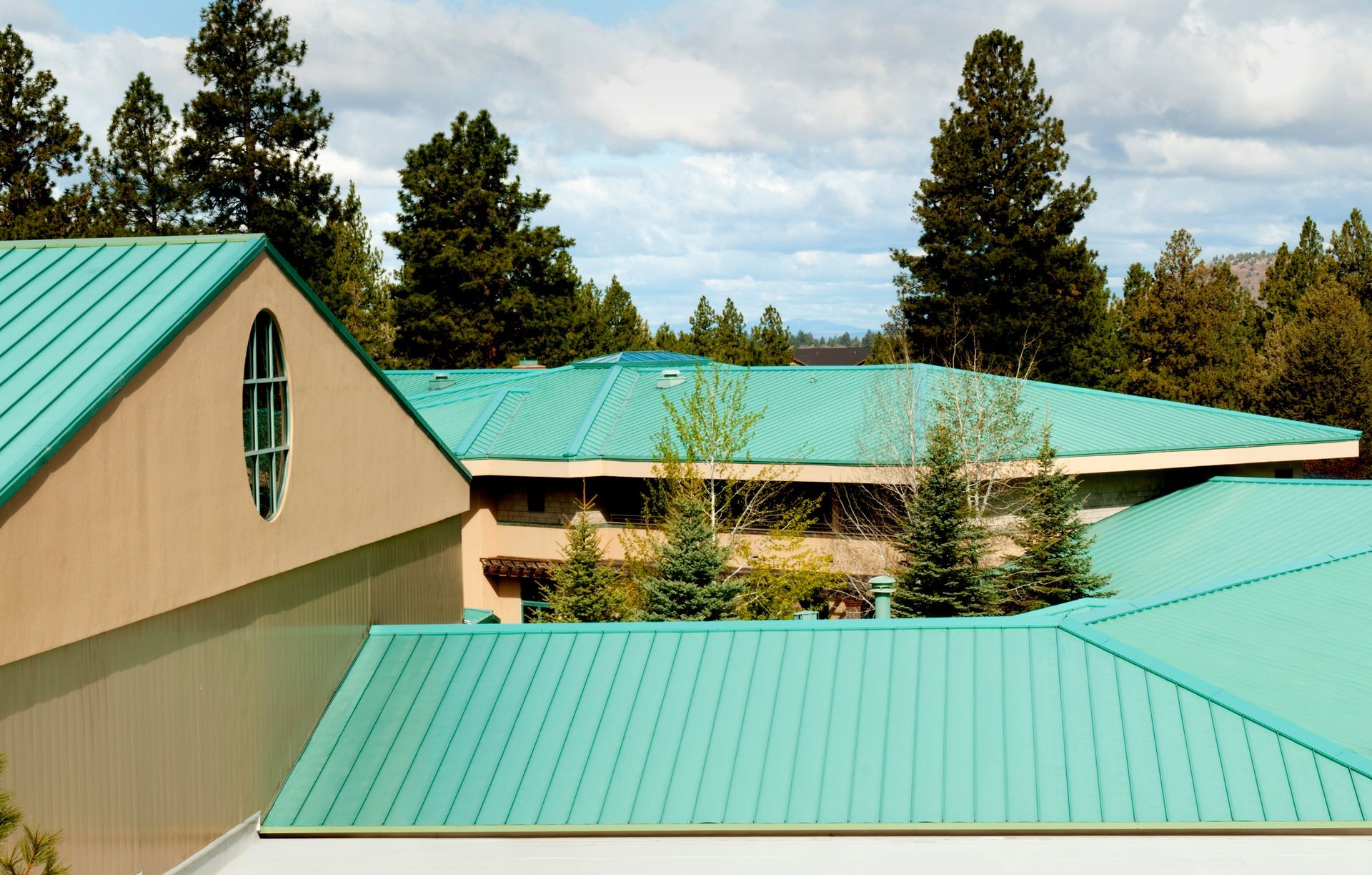A Comprehensive Guide to Roof Leak Detection
Roofs, an integral part of our homes, act as the first line of defense against external elements. They protect us from harsh weather conditions and ensure our safety and comfort. However, over time, roofs can develop leaks, which if undetected or ignored, can lead to significant damage and costly repairs.
The importance of a leak-free roof cannot be overstated. A leak-free roof not only guarantees the structural integrity of the house but also contributes to maintaining a healthy living environment. It prevents the growth of mold and mildew, which can lead to various health issues. Moreover, it helps in efficient energy consumption, as leaks can cause heating or cooling loss, leading to higher energy bills.
This comprehensive guide is designed to help you understand and
detect roof leaks effectively. It aims to equip homeowners with essential information and practical tips on how to identify signs of a roof leak, the common causes, and the preventive measures that can be taken. Additionally, it will guide you on how to handle a leaky roof situation, the immediate steps that need to be taken, and when to call in professionals.
The guide aims to save you from the trouble of dealing with extensive water damage, expensive repairs, and the replacement of the roof. By the end of this guide, you will better understand the importance of early leak detection and the role it plays in prolonging the life of your roof and ensuring the safety and comfort of your home.
Recognizing the Signs of Roof Leak
Water Stains on Your Ceiling and Walls
In the quest to maintain a leak-free roof, recognizing the signs of roof leaks is the essential first step. The most common and noticeable sign of a roof leak is water stains on your ceiling and walls. These stains usually appear as dark or yellowish patches. If you observe such discolorations, water is likely seeping through your roof, and immediate action should be taken to prevent further damage.
Dripping Water or Wet Spots
Another telltale sign of a leaking roof is dripping water or wet spots around your house, particularly after a heavy rain. This can be observed on ceilings, walls, or even on the floor. The presence of these wet spots indicates that water has found its way into your home, and it's typically through a leak in the roof.
The Growth of Mold or Mildew
Often overlooked, the growth of mold or mildew in your home can also point to a potential roof leak. When water continually seeps into your home's structure, it creates a damp environment conducive to mold and mildew growth. This can pose significant health risks, making it important to address them immediately.
Physical Damage to Your Roof
Physical damage to your roof, such as missing or damaged shingles, can also signify a leak. Shingles act as a protective layer for your roof. If they are damaged or missing, it can expose your roof to water damage, especially during bad weather.
Rusty or Rotted Roof Valleys
Rusty or rotted roof valleys are another sign of roof leaks. Valleys are crucial as they guide rainwater off the roof and into the gutters. If they are rusty or rotted, water can easily penetrate your home, leading to leaks.
Damaged Flashings
Lastly, inspect your roof for damaged flashings. Flashings are materials used to prevent water from entering at joints or edges of your roof. If they are damaged, water can seep into your home, causing leaks.
In conclusion, being vigilant in spotting these signs can help homeowners nip roof leaks in the bud, preventing further extensive damage and expensive repairs.
Common Causes of Roof Leaks
Aged Roof
The next section of our comprehensive guide to roof leak detection dives into the common causes of roof leaks. One of the most prevalent reasons is an aged roof. As roofs get older, their components deteriorate, making them more susceptible to leaks. The materials become brittle, and seals can lose their adhesive properties, leading to potential water infiltration.
Poorly Installed or Damaged Flashing
Another common cause is poorly installed or damaged flashing. Flashing is designed to create water-resistant barriers on various sections of your roof. If installed incorrectly or if it becomes damaged, it can create a pathway for water to enter the home, causing a leak.
Broken or Missing Shingles
Broken or missing shingles are also significant contributors to roof leaks. These shingles act as a protective layer for your roof, and when they're compromised, they expose the underlayment and decking to the elements, making leaks more likely. Regular inspections can help in identifying and replacing broken or missing shingles, thereby preventing potential leaks.
Clogged Gutters
Clogged gutters can indirectly lead to roof leaks as well. When leaves, twigs, or other debris accumulate in your gutters, it prevents water from draining off the roof properly. This can lead to water pooling and, eventually, seeping into your roof, causing leaks. Regular gutter cleaning is crucial to prevent this.
Skylights and Chimneys
Lastly, skylights and chimneys, if not properly sealed or installed, can be potential leak sources. Faulty installation or wear and tear around these structures can allow water to seep in, causing leaks. Regular maintenance of these features is crucial to keep them watertight.
In summary, understanding what causes roof leaks can help homeowners take preventative measures. Regular roof inspections and maintenance can help in identifying problems early, thereby preventing extensive damage and expensive
roof repairs.
Locating the Source of Roof Leaks
In this section, we will discuss the primary steps to locate the source of a roof leak: performing a water test, identifying roof penetration areas, and checking the attic.
Water Test
The 'water test' is a straightforward and effective method to detect a leak. You'll need a helper for this process. One person should stay inside the house, ideally in the attic, with a flashlight, while the other person climbs on the roof with a garden hose. The person on the roof should slowly spray water on different sections, starting from the bottom and gradually moving upwards. The helper inside should keep an eye out for any incoming water. This test can help pinpoint the exact location of a leak.
Roof Penetrations
Roof penetrations are common areas for leaks. These include anything that projects through the roof like roof vents, dormers, chimneys, and skylights. Check around these areas for any signs of wear and tear, such as cracked or missing shingles, or gaps in the flashing. Poorly installed or damaged flashing can lead to leaks, as water can easily penetrate these weak spots. Lastly, the attic is a crucial spot to check when trying to locate a roof leak. Look for signs of water damage, like stains, mold, or rot on the insulation, rafters, or ceiling. During the daytime, check for any streams of light coming through cracks in the roof. This can indicate a potential leak spot. Moreover, if you notice a musty odor in the attic, it could be a sign of mold or mildew, which often accompanies a leak.
Remember, regular inspections and proper maintenance can prevent extensive roof damage. If you are uncertain or uncomfortable checking for leaks yourself, consider hiring a professional roofer to inspect your roof.
Professional Roof Leak Detection
Moving on from basic leak detection methods, professional roof leak detection services provide an advanced, thorough approach to discovering and assessing roof leaks. Professionals are equipped with knowledge and tools that allow them to identify leak spots that might remain undetected by standard methods.
Benefits of a Professional Roof Inspection
One of the significant benefits of a professional roof inspection is the guarantee of a comprehensive examination of your roof's condition. Professionals have extensive experience and training in detecting even the smallest signs of leakage, which you may overlook. They also inspect the roof for potential issues that may escalate into problems in the future, allowing for preventative maintenance. This thoroughness not only ensures the longevity of your roof but also saves money in the long run by preventing costly repairs.
Infrared Roof Inspection
Infrared roof inspection is another advanced technique commonly used by professionals. This method involves using infrared thermography to detect discrepancies in the roof's thermal performance. In essence, leaky areas will have different heat signatures compared to the rest of the roof due to the presence of moisture. This technique allows for accurate and swift identification of leaks, even those hidden deep within the roof's layers.
Electronic Leak Detection
Electronic leak detection is also a common tool in a professional's arsenal. This method uses a conductive medium, typically water, applied to the roof's surface. Any breaches in the roof's membrane will disrupt the medium's electrical flow, which is then detected by the equipment. This non-destructive method is highly effective for detecting leaks in flat roofs or areas where visual or infrared inspections might fall short.
In summary, professional roof leak detection services offer a thorough and advanced approach to identifying and assessing leakage. Techniques such as infrared inspection and electronic leak detection allow for accurate detection of leaks, even those hidden deep within the roof structure. Don't hesitate to reach out to JW Services Inc. of NC for top-notch roof leak detection services. Their experts employ advanced methods to swiftly and accurately identify any issues with your roof. Get in touch with them now for professional assistance you can rely on!
Preventing Roof Leaks
Preventing roof leaks is the first step towards maintaining the health and longevity of your roof. It's essential to understand that consistent and regular roof maintenance is not just a preventative measure but an investment that can save you from expensive repairs in the future. Proper maintenance includes regular inspections for wear and tear, cleaning debris, and checking for any signs of damage.
Installation and Repair of Roof Shingles
The installation and repair of roof shingles play a pivotal role in preventing leaks. Shingles act as the first line of defense against harsh weather conditions. They should be properly installed and regularly checked for damage. Any cracked, loose, or missing shingles should be replaced promptly to avoid water seepage which can further lead to leaks.
The Gutters on Your Roof
Moreover, the gutters on your roof serve a crucial function. They direct the flow of rainwater, preventing it from pooling on the roof. Over time, gutters can get clogged with leaves, twigs, and other debris, disrupting this flow. Regular cleaning and maintenance of gutters are important to ensure they function effectively.
The Flashing and Seals Around Roof Penetrations
Lastly, the flashing and seals around roof penetrations, such as chimneys and vents, are also potential sources of leaks. These areas are particularly susceptible to damage due to their exposure to the elements. Regular inspection and timely repair or replacement of worn-out flashing and seals can significantly reduce the risk of roof leaks.
In summary, prevention is always better than cure.
Regular roof maintenance, proper shingle installation and repair, routine gutter cleaning, and diligent inspection and repair of flashing and seals are key to preventing roof leaks.
What to Do When You Have a Roof Leak
Containing the Leak as Best You Can
Discovering you have a roof leak can be a stressful experience. It's important to act swiftly to mitigate damage and prevent further issues. Start by containing the leak as best you can. Use buckets or other containers to catch dripping water. If your ceiling is bulging or saturated with water, puncture it with a screwdriver to release the water and prevent it from collapsing. Remember to safeguard your belongings by moving furniture and other items away from the leak.
Contact a Roofing Professional
Once you've taken immediate steps to minimize damage, it's time to contact a roofing professional. Even if you're handy around the house, roof leaks can be complex and risky to repair. A professional roofer will have the skills, tools, and experience to correctly diagnose and fix the leak. They will inspect the roof, identify the source of the leak, and propose an effective solution. Reach out to JW Services Inc. of NC today for swift and effective roof leak repairs. Their expert team is ready to tackle your roof issues with precision and professionalism. Don't delay—get in touch now for lasting solutions!
Consider Your Options for an Insurance Claim
After contacting a roofing professional, consider your options for an insurance claim. Not all roof leaks are covered by homeowner's insurance, but if the leak was caused by a covered peril such as a storm, you might be eligible for a claim. Document the damage, keep a record of all your interactions with the roofing professional, and save receipts for any repair work. This documentation can greatly aid your claim process.
It's important to remember that every roof leak situation is unique and requires an individual approach. Keep in mind the previous advice on preventing roof leaks by maintaining your roof, ensuring proper installation and repair of shingles, cleaning gutters regularly, and inspecting and repairing flashing and seals. These preventative measures can help avoid future leaks and the associated stress and costs.
Conclusion
In conclusion, the importance of early leak detection and prevention cannot be understated. A small unnoticed leak can quickly evolve into a major issue, leading to substantial damage to your home and your belongings. By remaining vigilant and conducting regular roof maintenance, you effectively decrease the chances of experiencing a devastating roof leak. This not only protects your possessions but also ensures the longevity of your roof, which is a significant investment.
However, despite your best efforts, leaks might still occur. In such instances, it's critical to remember that dealing with roof leaks isn't an easy undertaking. The process requires a keen eye, technical knowledge, and the right tools. While DIY methods can offer temporary solutions, they may not effectively address the root cause of the problem. It's always recommended to seek professional help when dealing with roof leaks. Roofing professionals are equipped with the necessary skills and tools to accurately diagnose and rectify the problem. They can also provide advice on how to prevent future leaks, saving you time, money, and the stress of dealing with
future roof leaks.
It's important to take action at the first sign of a leak. Don't wait for the problem to escalate. Seek professional help and nip the problem in the bud. Remember, an ounce of prevention is worth a pound of cure. Make the proactive choice: dial JW Services Inc. of NC to detect and repair your roof leaks promptly. Their expertise extends beyond mere fixes—they also offer tailored solutions to prevent future leak issues. Take charge of your roof's integrity today—call them now for comprehensive assistance!
Name, Address, and Phone
JW Services Inc of NC
5832 Gold Hill Rd, Concord, NC, 28025, US
(704) 228-7306
Social Media’s
https://www.facebook.com/jwconcordroofing/
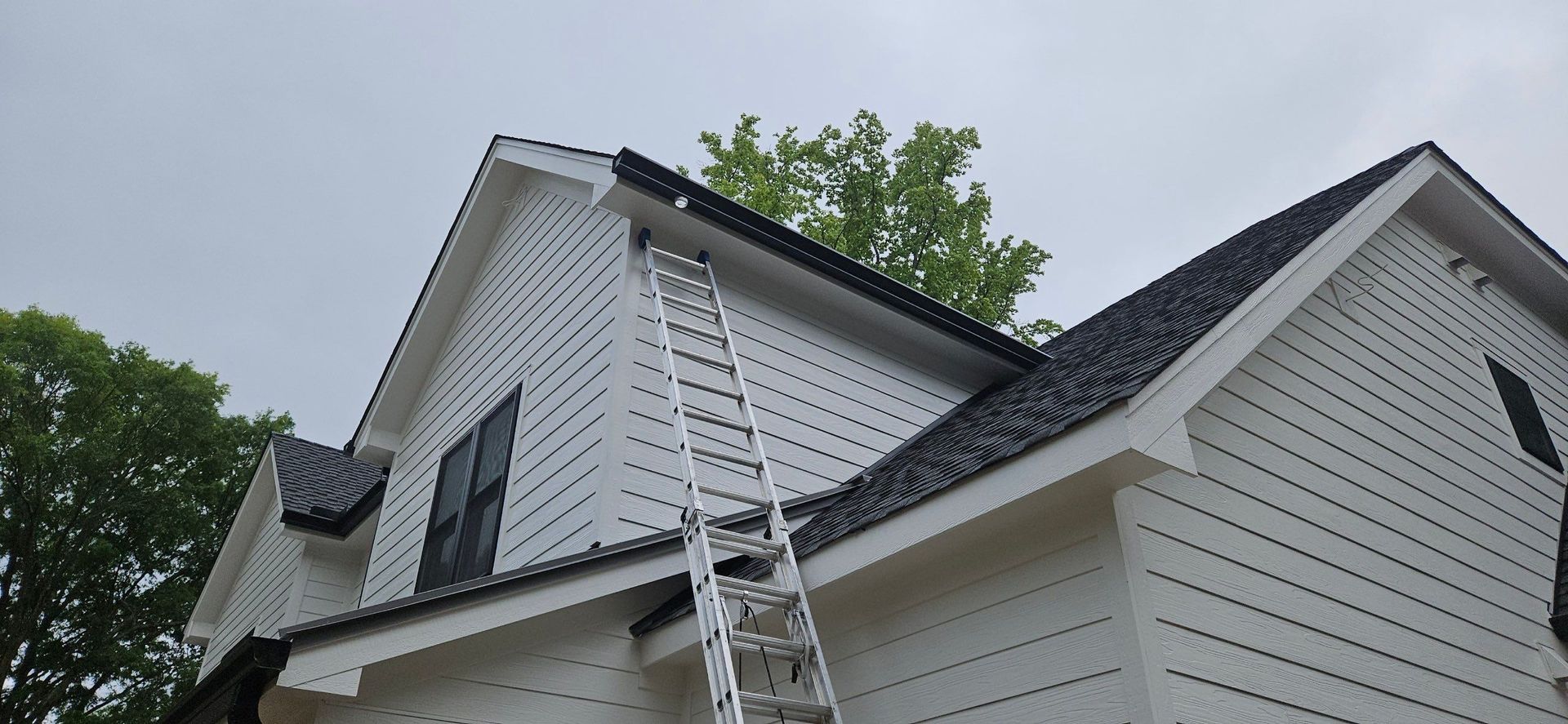
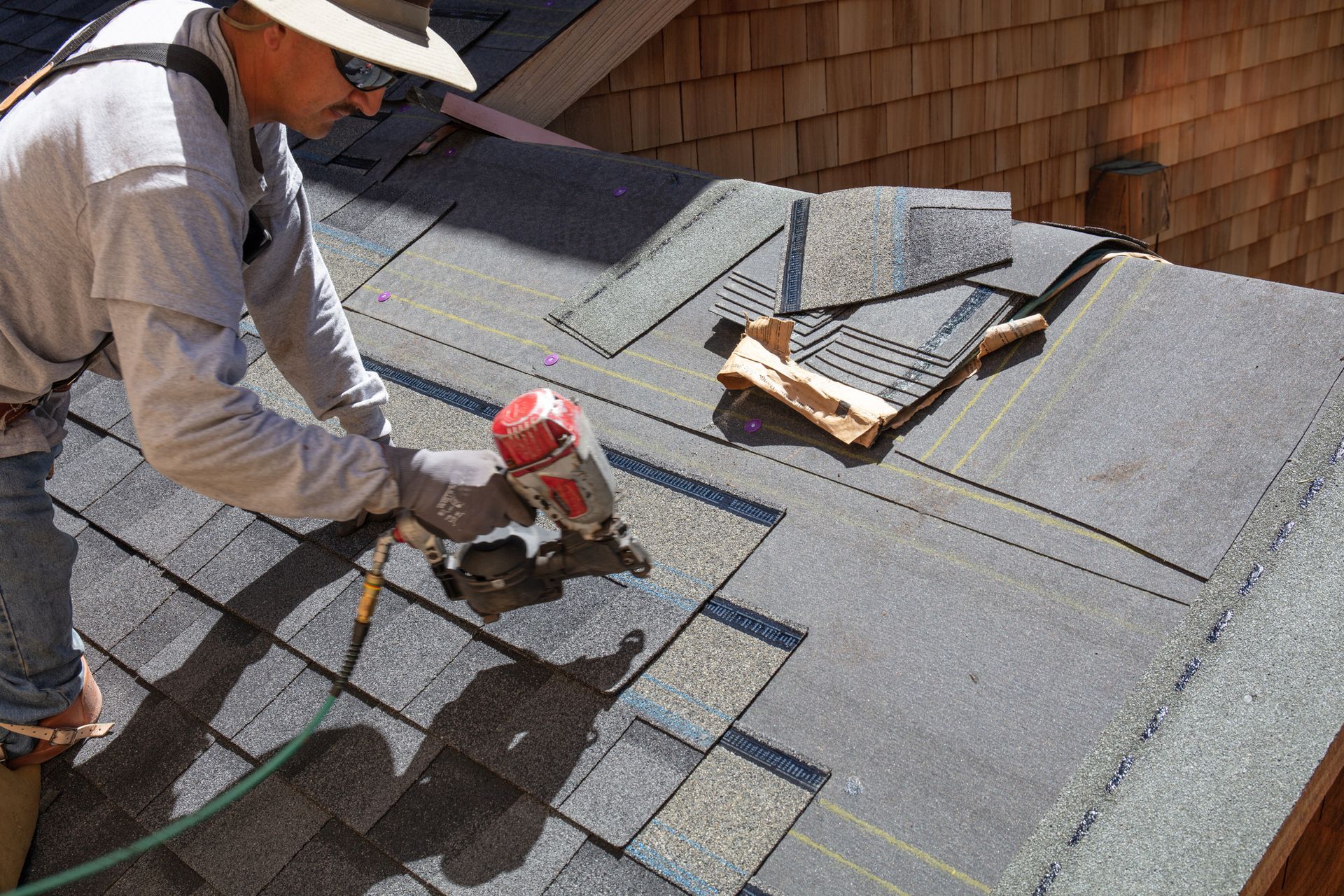
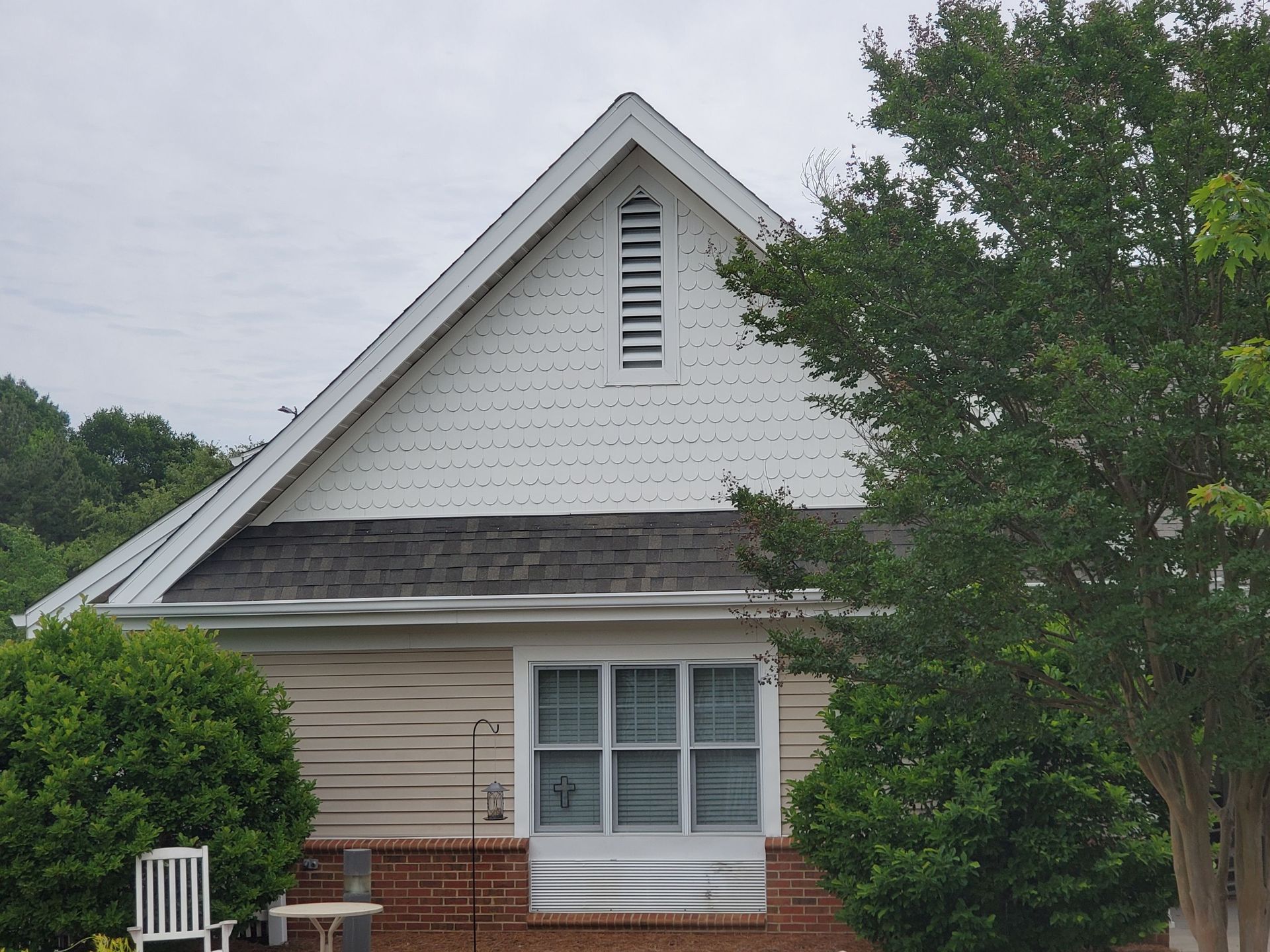

Phone: Loading... | Email: john.worden@jwservicesofnc.com
Address: 5832 Gold Hill Road Concord, NC 28025 | Business Hours: Monday to Friday: 8 AM – 5 PM





